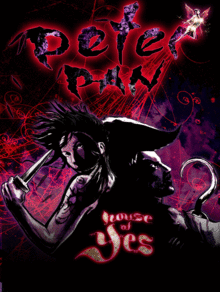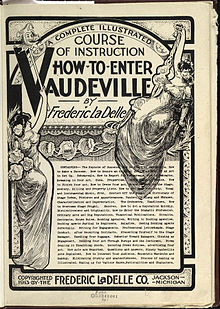
 This week on the Tuesday Tease, we divert a little from pure burlesque in order to feature a show at Brooklyn’s House of Yes that features burlesque mixed with circus arts. Our East Coast Representative Victor Chovil gives us a glimpse into their recent interpretation of “Peter Pan.”
This week on the Tuesday Tease, we divert a little from pure burlesque in order to feature a show at Brooklyn’s House of Yes that features burlesque mixed with circus arts. Our East Coast Representative Victor Chovil gives us a glimpse into their recent interpretation of “Peter Pan.”
House of Yes is an art space in East Williamsburg, Brooklyn that “supports performance, events and creative endeavors by providing the space and materials needed to make things happen.” House of Yes is also the home base of Sky Box, an aerial acrobatics group that holds workshops and classes every week. They’ve been a long time supporter of the burlesque and circus communities and we’re honored to feature them this week.
So, without further ado, I give you Victor and his review of “Peter Pan.”
Producer-Director Anya Sapozhnikova has been selling out shows at Brooklyn’s House of Yes for years. I was lucky enough to attend the opening night of her latest project, an ambitious and fun interpretation of Peter Pan. Its a mix of trapeze, burlesque, puppetry and side-show; full of great music and a little poi. Think ballerinas spinning from ropes while the “lost boys” of Never Ever Land dance to Massive Attack on the stage below them.
Read More…



 Arts
Arts Comedy
Comedy Event Tips
Event Tips Film
Film Food & Drink
Food & Drink Good Causes
Good Causes Music
Music News
News Radio
Radio Roller Derby
Roller Derby